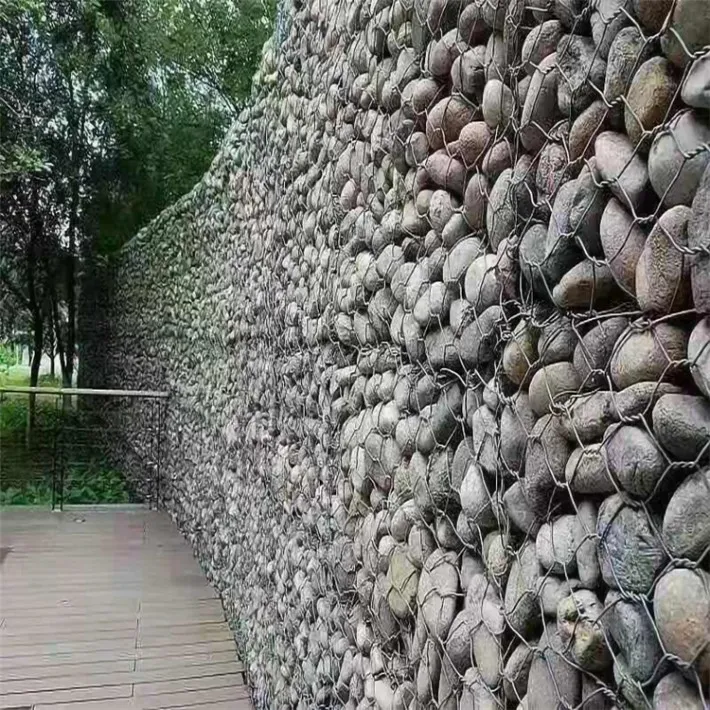-
 Phone:
Phone: -
 Email:
Email:

rock netting
Rock Netting An Essential Solution for Slope Stabilization
In the realm of civil engineering and geotechnical construction, rock netting has emerged as a crucial technique for ensuring slope stability and preventing erosion. As urbanization continues to expand into hilly and mountainous terrains, the risk of landslides and rockfalls becomes a significant concern. Rock netting provides an effective and environmentally friendly approach to mitigate these risks and protect infrastructure.
Rock netting involves the use of high-tensile strength steel mesh, which is strategically anchored to rock slopes or cliffs. This mesh serves as a protective barrier, holding loose rocks and debris in place, thereby minimizing the likelihood of rockfalls. The installation of rock netting requires careful planning and engineering expertise to assess the specific needs of a site and determine the appropriate mesh design and anchoring methods.
One of the primary advantages of rock netting is its versatility. It can be applied in various terrains, from steep mountain slopes to urban construction sites. The mesh can be customized to fit different geological conditions, ensuring optimal performance. Additionally, rock netting is less intrusive than other slope stabilization methods, such as concrete retaining walls or large-scale excavation, making it an aesthetically pleasing option that blends well with natural landscapes.
rock netting

Environmental concerns are paramount in today’s construction practices. Rock netting offers ecologically sound benefits by allowing natural vegetation to grow through the mesh. This promotes biodiversity, enhances the natural aesthetic of the landscape, and contributes to soil stability. Furthermore, the permeable nature of the netting allows water to drain through, reducing the likelihood of hydrostatic pressure build-up, which can lead to further erosion or landslides.
The maintenance of rock netting systems is relatively low compared to other stabilization techniques. Once installed, the mesh requires periodic inspections to check for signs of wear or damage. However, with proper initial installation and quality materials, rock netting can last for many years, providing ongoing protection against rockfalls.
In terms of economic viability, rock netting is often more cost-effective than alternative slope stabilization methods. It requires less material and labor, leading to reduced overall project costs. Additionally, the rapid installation process minimizes disruption to surrounding areas, reducing the impact on local communities and ecosystems.
In conclusion, rock netting serves as an indispensable solution for addressing slope stability and erosion control. Its versatility, environmental benefits, low maintenance needs, and cost-effectiveness make it a preferred choice among engineers and developers. As our world continues to evolve and expand, embracing innovative solutions like rock netting will be essential in safeguarding both our infrastructure and natural landscapes. By prioritizing sustainable practices, we can ensure that future development harmonizes with nature, thereby creating safer and more resilient communities.
-
Wire Mesh for Every Need: A Practical SolutionNewsJul.25,2025
-
Steel Fences: Durable, Secure, and Stylish OptionsNewsJul.25,2025
-
Roll Top Fencing: A Smart Solution for Safety and SecurityNewsJul.25,2025
-
Cattle Farm Fencing Solutions for Maximum SecurityNewsJul.25,2025
-
Affordable Iron Binding Wire SolutionsNewsJul.25,2025
-
Affordable Galvanized Wire SolutionsNewsJul.25,2025
-
Wire Hanger Recycling IdeasNewsJul.25,2025








